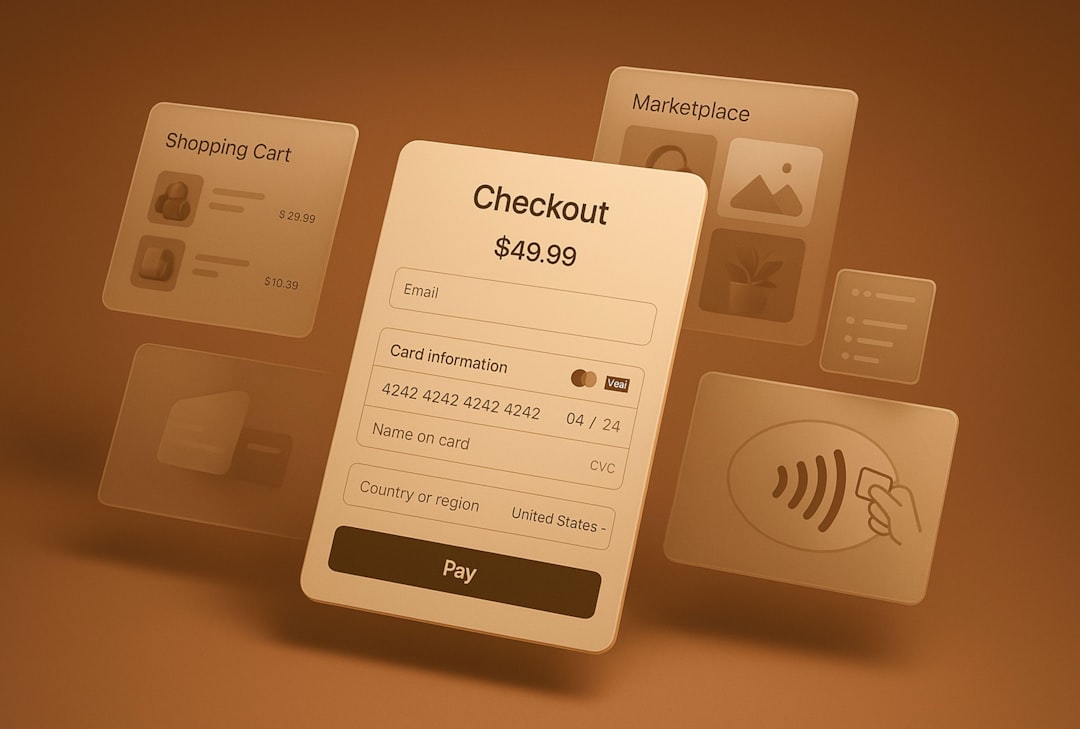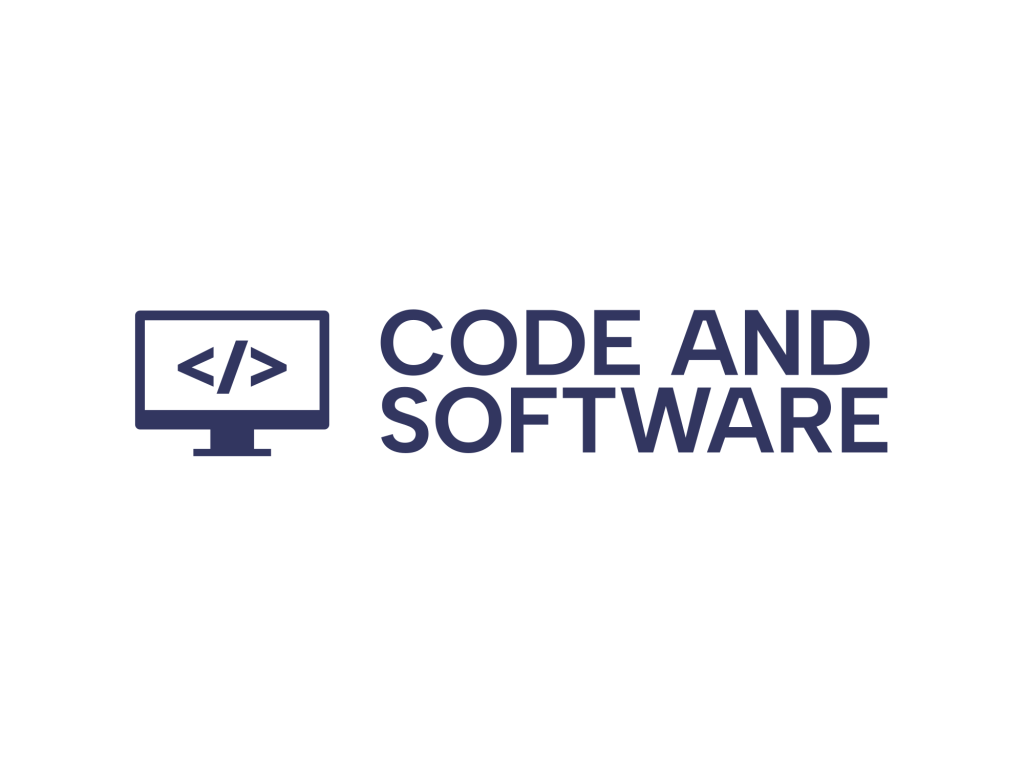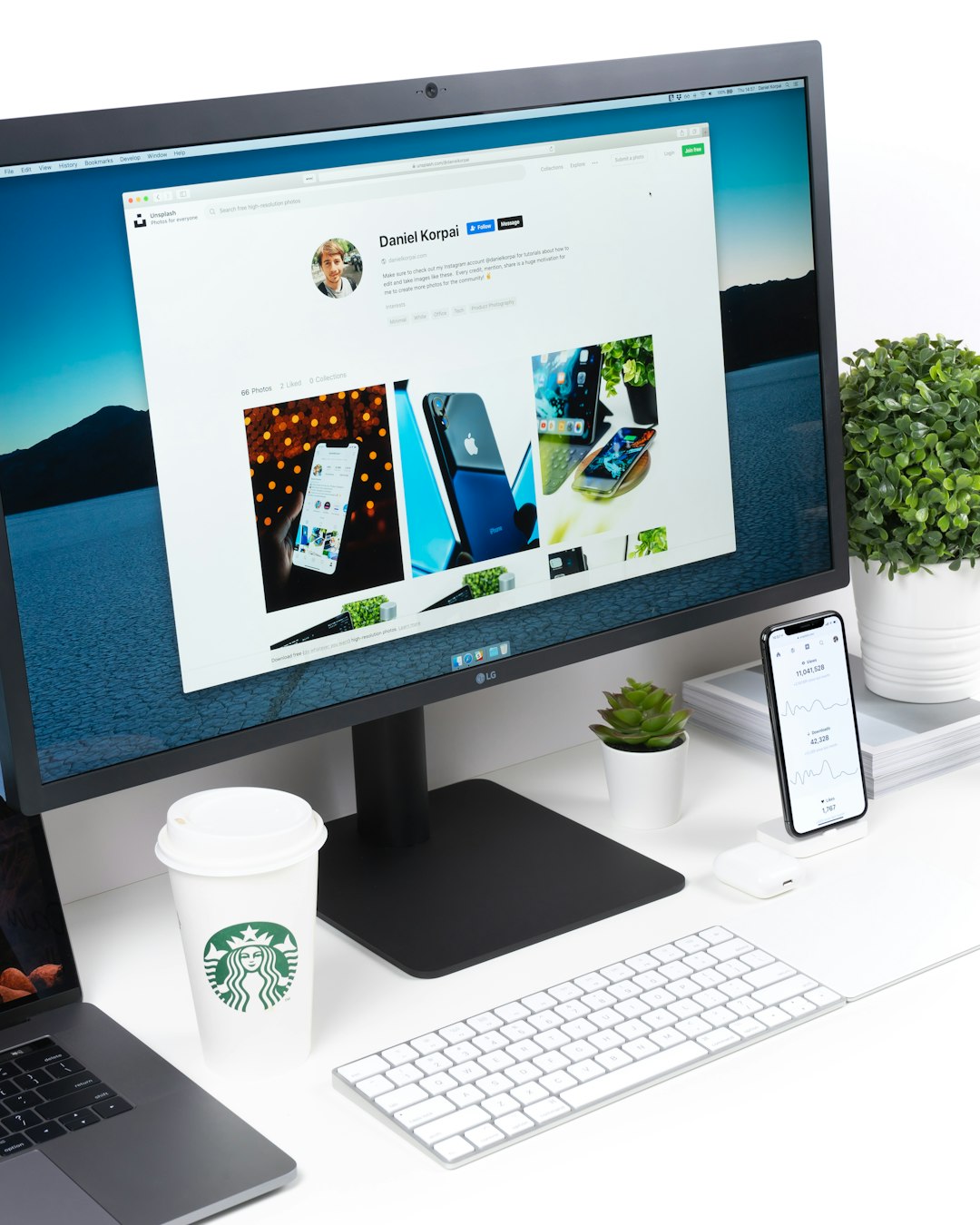When it comes to eCommerce, your WooCommerce Account Page is more than just a user dashboard — it’s a vital part of the user experience (UX) and can significantly influence conversions, customer loyalty, and engagement. But unfortunately, many online stores overlook its potential, relying on default layouts that don’t inspire interaction or repeat visits.
If customers spend more time navigating your account area smoothly and discovering value-added features beyond simply checking an order status, you’re doing something right. Let’s take a deep dive into the best WooCommerce account page ideas and UX patterns that actually convert — helping you increase sales, build customer trust, and create brand advocates.
Why the WooCommerce Account Page Matters
The account page is often the first point of re-engagement once a customer has made a purchase. It’s where users return to track orders, manage settings, access downloads, or request support.
A well-optimized My Account interface can lead to:
- Increased customer retention due to a smoother post-purchase experience
- Higher conversions from repeat purchases and upsells
- Better customer support efficiency by making self-service easier
Let’s explore account page UX patterns and design strategies you can implement to encourage conversions and enhance user satisfaction.
1. Customize the Dashboard for Clarity and Personalization
The default WooCommerce account dashboard is… underwhelming. It typically shows a bland list of links like Orders, Downloads, Addresses, and Account Details — all presented without priority or personalization.
Instead, design your dashboard to offer:
- Personalized greetings that use the customer’s name like “Welcome back, Sarah!”
- Action-oriented cards or widgets such as “View Latest Order,” “Reorder Favorite Item,” or “Track Shipment”
- Relevant notifications like loyalty points, unused coupons, or outstanding returns

Think of the dashboard as your hub for re-engagement. Declutter it and guide users toward the actions that matter — like buying again or resolving support issues quickly.
2. Add a Purchase History That Encourages Reordering
One of the simplest yet most powerful tools on a WooCommerce account page is the order history. Most stores just list past orders with basic information. But with a little effort, you can transform this into a conversion powerhouse.
Here’s how:
- Include thumbnail previews of purchased products for visual recall
- Add a “Buy Again” or “Reorder” button next to each item
- Automatically surface “You might also like” recommendations based on purchase history
This is especially effective in industries like consumables, fashion, or niche hobbies where repeat purchases are common.
3. Integrated Customer Loyalty Programs
Gamify the account page by showing a user’s loyalty status, reward points, or store credit. By integrating a loyalty program directly into the account interface, you create an incentive loop for customers to come back, purchase more, and reach the next status tier.
Effective loyalty integrations include:
- Progress bars that show how far users are from their next reward
- Exclusive deals or early access only for logged-in account holders
- Referral incentives with shareable signup links

This type of design keeps your customers engaged and getting value even when they’re not actively buying.
4. Helpful Account Notifications and CTAs
Your account page can also act as a subtle marketing engine. Smart use of non-invasive call-to-actions (CTAs) and contextual notifications can guide users toward high-value actions without overwhelming them.
For example:
- “Your wishlist has 3 items on sale now”
- “Complete your profile to get a 10% off coupon”
- “Product XYZ is back in stock — you wanted this last month!”
These messages can dramatically increase re-engagement and click-through rates when they’re timely and personalized. Just make sure they don’t clutter the interface — keep it clean and actionable.
5. Include a Wishlist or Save-for-Later Section
People love browsing online stores – and many of them aren’t ready to buy right away. Give them a way to save products they’re interested in for future purchases right within their account page.
Powerful wishlist features include:
- Easy Add to Wishlist buttons across the store
- Sharing options so users can send their wishlist to friends and family
- Built-in alerts for price drops, back-in-stock notices, or seasonal promotions
This type of UX pattern allows you to re-market to warm leads and drive conversions easily.
6. Streamlined Profile & Address Management
Account pages should make it simple for users to manage their personal information. The key is to minimize friction and make these actions as intuitive as possible.
Design tips to consider:
- Auto-detect locations to suggest shipping addresses
- Allow Google Address Autofill integration for speed
- Add multi-address support especially for gift-oriented stores
These subtle improvements lead to better user satisfaction and lower cart abandonment rates in future orders.
7. Integrate Help & Support in the Account Page
Don’t make customers go digging for support. Bringing assistance closer to the user — right in the “My Account” space — can reduce returns, improve retention, and build loyalty.
What to include:
- Order-specific support buttons — “Need help with this order?”
- A lightweight chat widget or ticket request form
- FAQs related to their recent activity (e.g., returns policy, shipping updates)
By putting helpful features where users already expect them, you keep the experience seamless and reduce frustration — a big factor in whether or not someone decides to come back.
8. Mobile First, Always
Over 50% of eCommerce traffic is mobile. So if your account page only looks good on desktop, you’re missing out. Ensure your WooCommerce account experience is fully responsive and touch-friendly.

Key tips:
- Use accordion-style menus to save space
- Optimize touch area sizes for buttons and forms
- Test cross-platform logins (e.g. Apple, Facebook) for intuitive logins
9. Enable Social Login & Profile Syncing
Login friction alone can crush return visits. By enabling social logins and optional profile syncing, you provide convenience and speed that modern digital shoppers crave. Allow customers to log in using Google, Facebook, or Apple, then personalize their experience using syncing features (past shopping behavior, browsing history, etc.).
This not only results in higher login rates but also gives you more data to personalize the account area content.
Conclusion
Your WooCommerce account page is not just a backend formality — it’s a dynamic engagement tool. While most stores neglect it, treating it as a basic dashboard, turning it into a branded, user-first experience can yield surprising results.
To recap, the best WooCommerce account pages focus on:
- Simplified and intuitive design
- Actionable, personalized insights and CTAs
- Value-added features like loyalty, wishlists, and support
- Lightweight yet powerful mobile UX
Start implementing even just 2-3 of these account page improvements and you’ll likely notice better user happiness — and more importantly — better retention and revenue. Because in the end, customers remember how easy and engaging your store felt.

